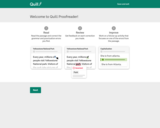
Students correct a variety errors within a text. The errors are underlined.
- Subject:
- English Language Arts
- Language, Grammar, and Vocabulary
- Writing
- Material Type:
- Activity/Lab
- Assessment
- Interactive
- Provider:
- Quill
- Date Added:
- 03/16/2021


Students correct a variety errors within a text. The errors are underlined.
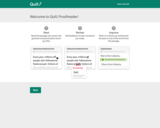
Students find and correct run-on sentences within a text.
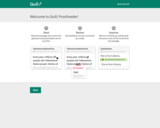
Students find and correct run-on sentences within a text.
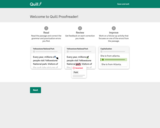
Students find and correct run-on sentences within a text.
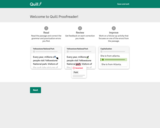
Students find and correct run-on sentences within a text.
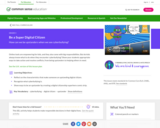
How can we be upstanders when we see cyberbullying? Online tools are empowering for kids, and they also come with big responsibilities. But do kids always know what to do when they encounter cyberbullying? Show your students appropriate ways to take action and resolve conflicts, from being upstanders to helping others in need. Approximately 45 mins.
LESSON OBJECTIVES: Reflect on the characteristics that make someone an upstanding digital citizen. Recognize what cyberbullying is. Show ways to be an upstander by creating a digital citizenship superhero comic strip.
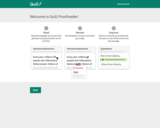
Students correct a variety errors within a text. The errors are underlined.
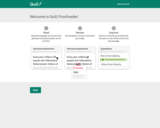
Students correct a variety errors within a text. The errors are underlined.
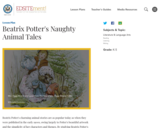
Through studying Beatrix Potter's stories and illustrations from the early 1900s and learning about her childhood in Victorian England, students can compare/contrast these with their own world to understand why Potter wrote such simple stories and why she wrote about animals rather than people.

In this online lesson and activity, students actually "become" a character from a novel in their analysis of characterization. The lesson uses the Scarlet Letter, but any novel can be used. RL.9-10.3 Analyzing Characters, RL.11-12.3 Auth choice story elem
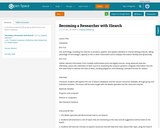
A mini-lesson teaching 9th-grade students how to use ISearch database.

This beautiful online edition of the Lewis Carroll classic is written in large text for easy legibility, and includes illustrations from eleven different versions of the story. It also includes background information on the writing of the story and on the illustrators.
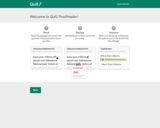
Students find and correct a variety of errors within a text.

This resource gives information on the Cornell Note-taking System. It gives the three steps involved in this process.

Interesting article follows the return of "hard" news to the 3 evening newscasts from June to October 2001. Includes infographics and source material.

Builds students' abilities to identify the sound of a letter and say if a word begins with that sound. The student spins a wheel and says what letter/sound it stops on. Then they find a picture that begins with that sound. This site includes links to pictures to print!

An activity that can be adapted for the whole class, small group, or large group. The instructor first reviews a letter and its sound, then presents the group with a poem with that letter that the students will then identify.

Contains plans for three lessons that teach younger students the differences between letter writing and e-mail writing. In addition to objectives and standards, this instructional plan contains links to sites used in the lessons as well as assessment and reflection activities.

Describes the beginnings of American poetry, beginning with a publication in 1610. Click through the 18 sections to get the full picture. Extracted from The Cambridge History of English and American Literature.

Discussion of the earliest poetry in Colonial New England. Describes common themes and forms and identifies specific poets of the period.